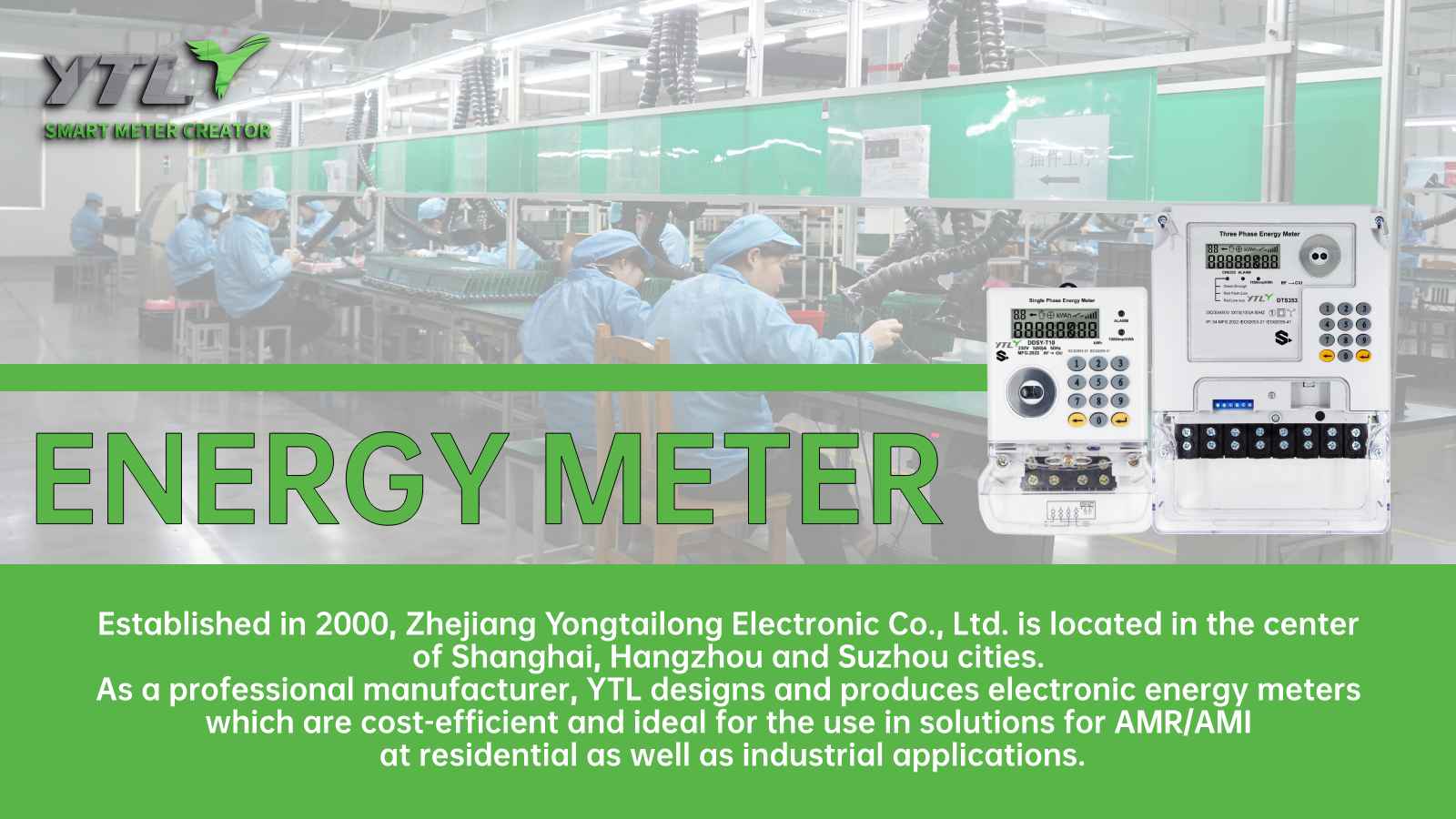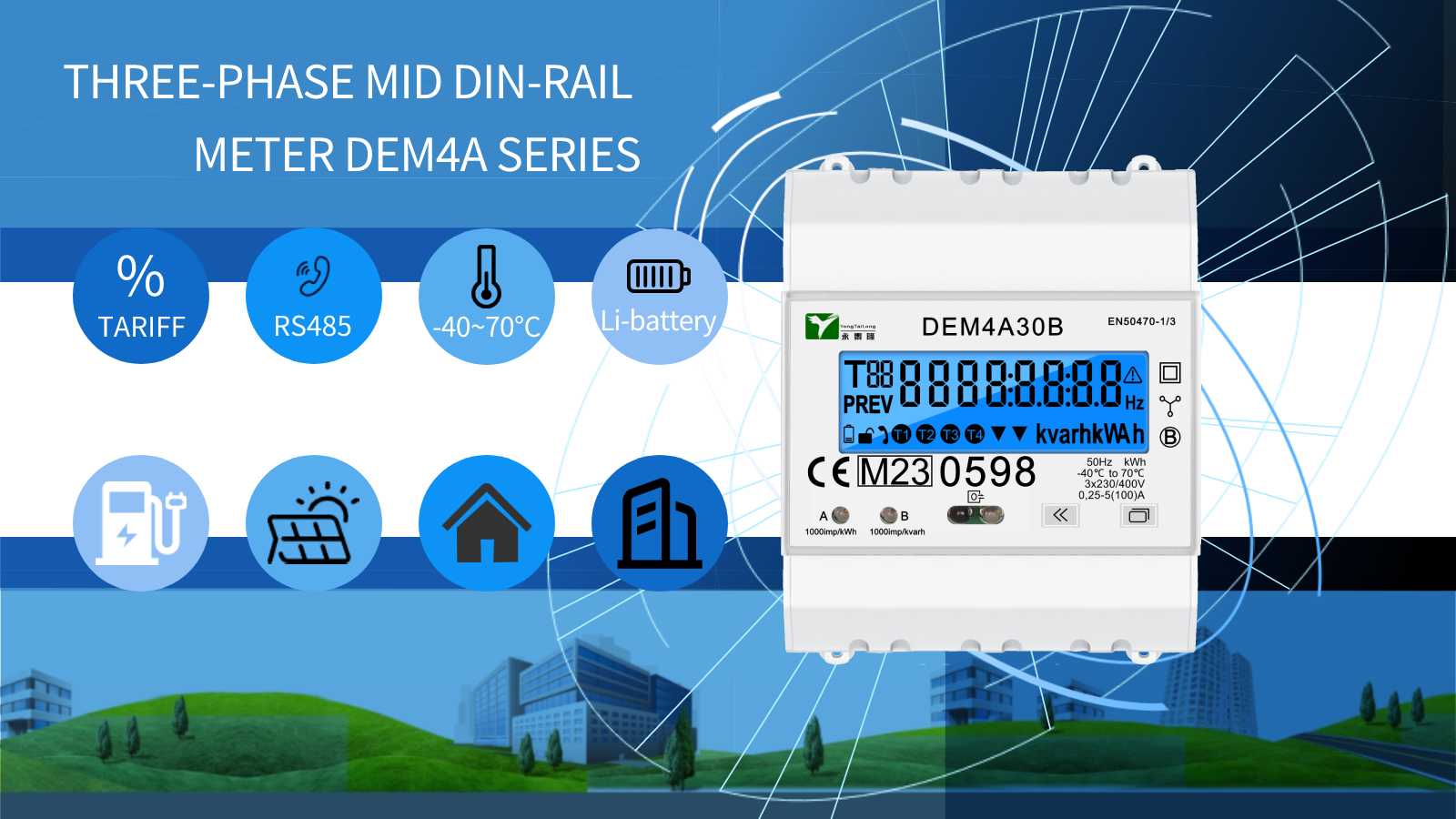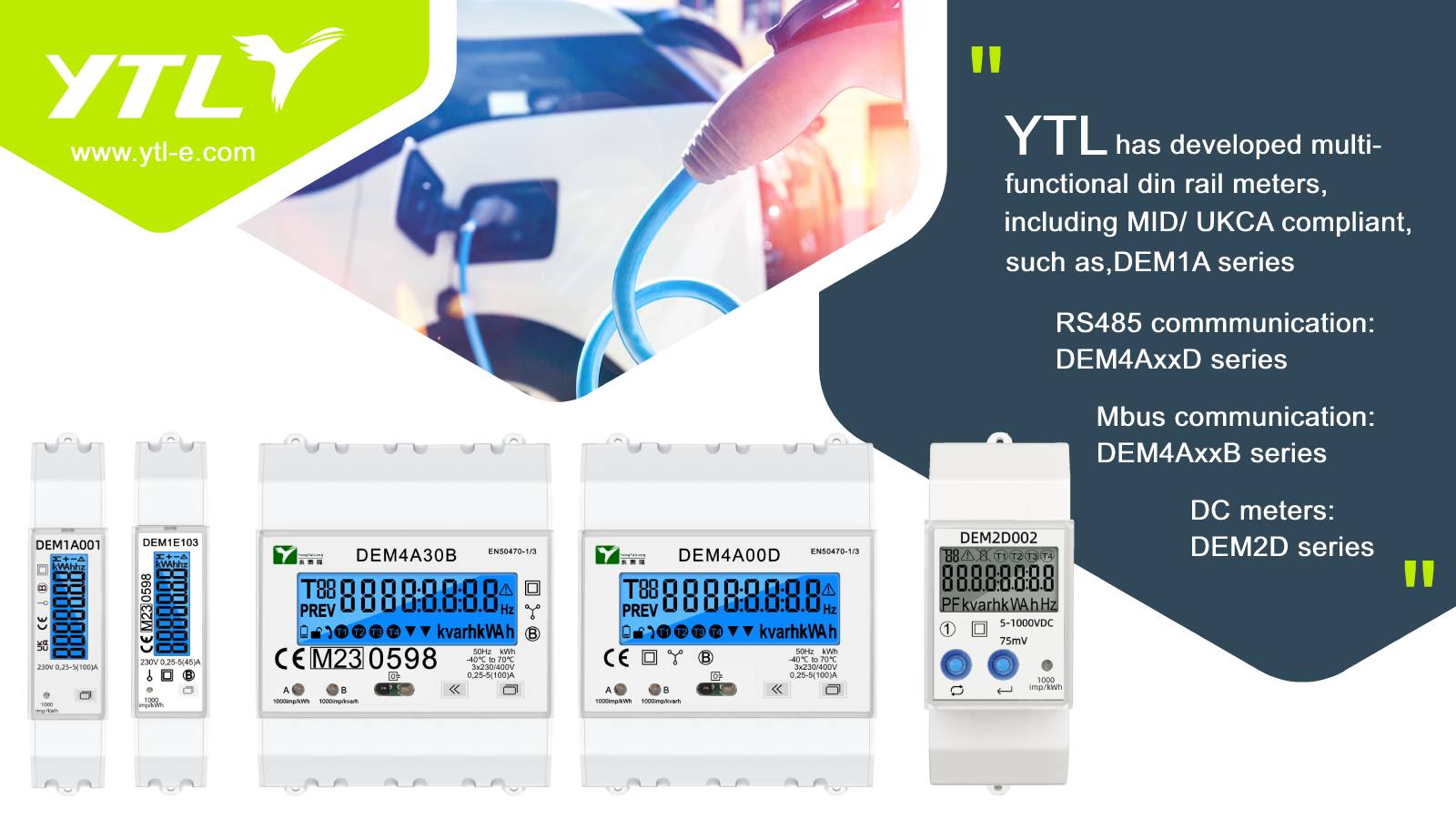In the global wave of carbon neutrality, the accuracy of corporate carbon accounting has become a core proposition for compliant operation and sustainable development. The 14064 series standards of the International Organization for Standardization (ISO) and policies such as the European Union Carbon Border Adjustment Mechanism (CBAM) require companies to accurately quantify direct emissions (Scope 1) and indirect emissions (Scope 2). Electricity consumption, as the main source of Scope 2 emissions, directly affects the credibility of a company's carbon footprint in terms of accounting accuracy. The traditional estimation method based on electricity bills has significant errors, such as the deviation between the average carbon intensity factor of the power grid and the real-time power generation structure, the ambiguity of line loss allocation, and the dynamic fluctuations of carbon emission intensity during different periods, which lead to accounting results deviating from reality. The role of smart meters has undergone a fundamental transition from energy measurement tools to carbon data infrastructure, providing a technical foundation for enterprises to build a scientific carbon accounting system through high-precision, real-time, and traceable electricity data collection and analysis.

Electric Meter Technology Upgrade: From Energy Measurement to Carbon Data Collection
The traditional metering function of electric meters focuses on the statistics of electricity consumption (kWh) and power (kW), while the demand for carbon accounting drives its evolution towards multidimensional data perception. The technological innovation of the new generation of smart meters is reflected in three aspects:
Time granularity refinement: Record electricity consumption data at 15 minute intervals to match the dynamic changes in carbon intensity of the power grid. Compared to monthly electricity bills, the time resolution has increased by 2880 times, which can capture the impact of fluctuations in the proportion of wind and solar power generation on carbon intensity;
Improved spatial resolution: Through PLC (power line communication) or HPLC (high-speed power line carrier) technology, energy consumption tracking of internal branch circuits and individual equipment within the enterprise can be achieved, accurately dividing carbon emission responsibilities for production, office, and public facilities;
Carbon factor dynamic coupling: Built in real-time carbon intensity database of the power grid (such as hourly data updates by the China Electricity Council), automatically converts electricity consumption into CO2 equivalent, avoiding systematic bias caused by the use of annual average factors.
A case study of a semiconductor company shows that after adopting dynamic carbon factor accounting, its CO2 emissions are reduced by 12% compared to traditional methods, mainly due to the lower proportion of coal-fired power consumption corresponding to nighttime valley periods compared to daytime peak periods. This time sensitive accounting is particularly important for carbon management in high energy consuming industries.
Construction of a data-driven carbon emission accounting system
The carbon accounting system supported by smart meters needs to integrate four layers of data architecture:
Measurement layer: The electric meter collects real-time parameters such as voltage, current, power factor, etc., calculates the electricity consumption of each circuit, and achieves an accuracy of 0.5S level (IEC 62053-22 standard);
Conversion layer: Based on grid dispatch data or power traceability protocols (such as the RE100 recognized green power tracking system), match the carbon intensity factor for each time period and per kilowatt hour of electricity;
Analysis layer: Identify equipment energy efficiency anomalies through machine learning models, such as ineffective carbon emissions caused by air compressor no-load losses;
Report layer: Generate carbon emission reports that comply with ISO 14064 and GHG Protocol standards, supporting multidimensional disclosure by sector, product, and project.
The core value of this system lies in breaking the "black box" accounting model. Traditional methods rely on the average carbon factor provided by the power grid, which cannot reflect the spatiotemporal differences in actual electricity consumption of enterprises. Smart meters shift carbon accounting from "estimation" to "actual measurement" by accurately linking electricity consumption time, grid energy structure, and equipment operation status. For example, a data center found through time-sharing carbon accounting that migrating some computing power to the southwestern region with abundant hydropower during nighttime can reduce carbon emissions from a single computing task by 37%.

The extended value of electricity meters in enterprise carbon management
Beyond basic accounting functions, smart meter data can drive enterprise carbon management to extend towards active control and value creation:
Real time carbon emission monitoring: The dashboard displays the minute level carbon emission intensity of each production line, providing real-time feedback for process optimization. When the carbon intensity of a certain process exceeds the threshold, the system automatically triggers an energy efficiency audit;
Green power consumption optimization: Integrate rooftop photovoltaic, energy storage systems, and meter data, dynamically adjust the proportion of self generation and grid purchase, and maximize the proportion of green power usage. A certain automobile factory has increased the green electricity consumption rate from 58% to 82% through this strategy;
Carbon asset operation: When participating in carbon market trading or green certificate purchases, electricity meter data provides auditable emission reduction certificates to avoid the risk of "greenwashing";
Supply chain collaboration: By using blockchain technology to encrypt and share electricity meter data with upstream and downstream enterprises, a full chain product carbon labeling system is built to meet compliance requirements such as the EU Battery Act.
Technological Evolution and Future Challenges
The demand for carbon accounting is driving breakthroughs in electricity meter technology towards higher dimensions:
Full lifecycle carbon tracking: Built in material carbon footprint database, combined with electricity consumption data to calculate carbon emissions at each stage of equipment manufacturing, operation, and recycling;
AI driven predictive carbon reduction: By analyzing historical data to predict future carbon emission trends, recommend emission reduction paths such as equipment replacement and process adjustments;
Heterogeneous energy coupling metering: extended to multi energy metering such as steam and natural gas, supporting unified carbon equivalent conversion.
However, the implementation of technology still requires overcoming multiple challenges:
Data security and privacy: It is necessary to balance carbon data transparency and trade secret protection, and develop privacy computing technologies such as federated learning;
Standard mutual recognition: promote global mutual recognition of carbon factor calculation methods for power grids and green power traceability protocols, and reduce compliance costs for multinational enterprises;
Cost controllability: reduce cloud processing load through edge computing, so that small and medium-sized enterprises can also afford high-precision carbon accounting solutions.

The reshaping of the role of electricity meters in the era of carbon neutrality marks the paradigm shift of energy measurement from an "economic ledger" to an "ecological ledger". When the consumption time, source composition, and equipment correlation of each kilowatt hour of electricity are accurately characterized, corporate carbon accounting is no longer a regulatory compliance action, but a strategic tool driving low-carbon transformation. The technological capability of smart meters is transforming "invisible" carbon emissions into "measurable, optimizable, and tradeable" data assets - this not only concerns the current survival competition of enterprises, but also determines their future position in the zero carbon economy. For pioneers, this change is no longer a choice, but a necessity.

 English
English 简体中文
简体中文














